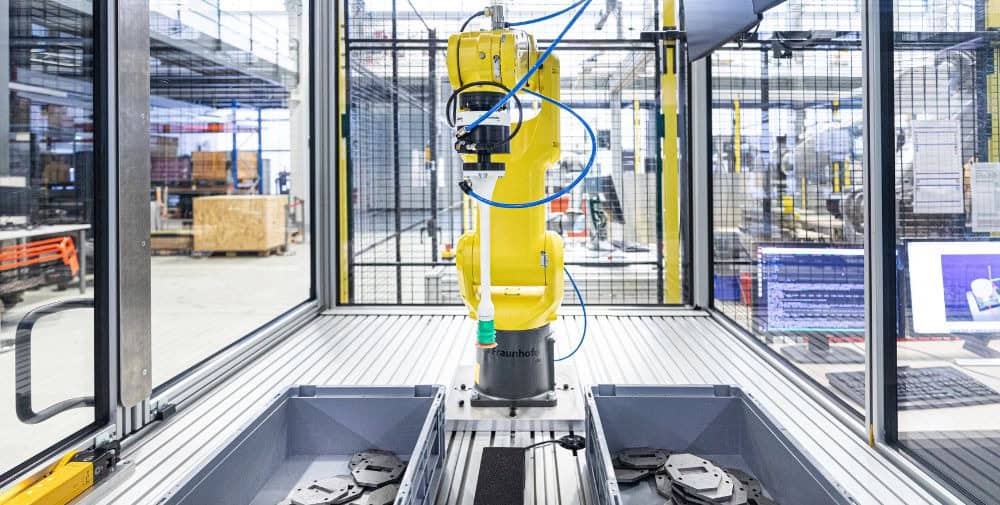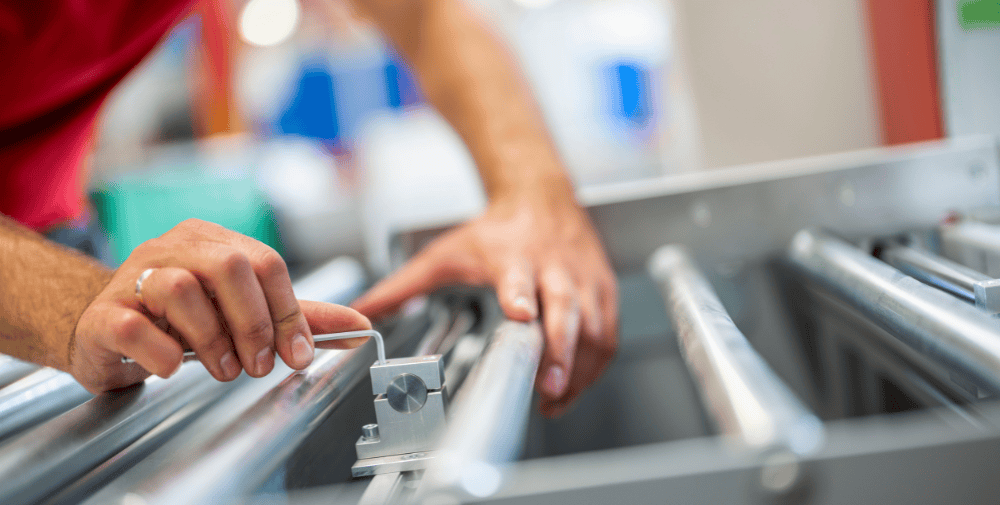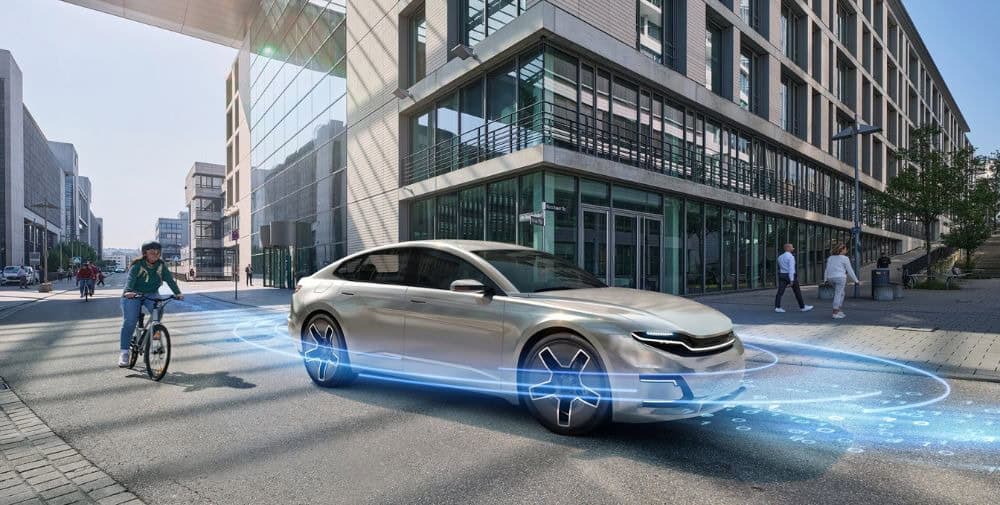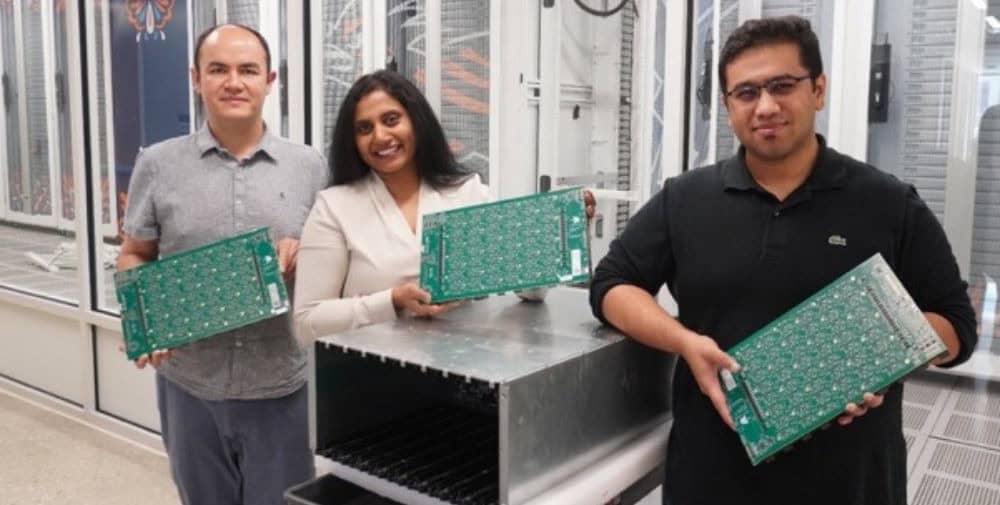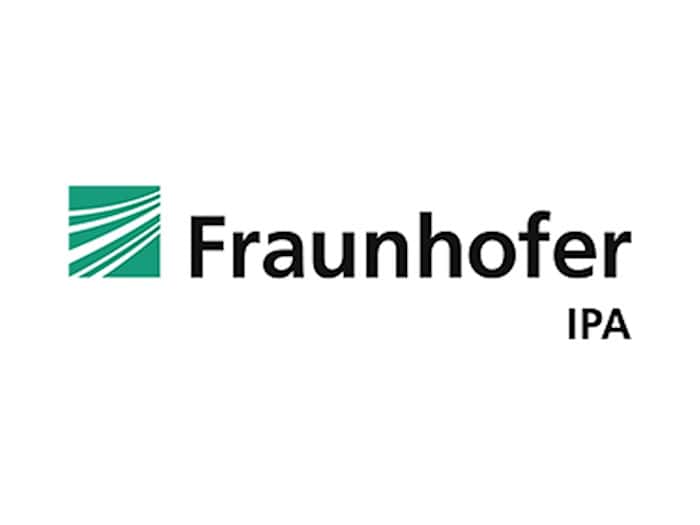
Intralogistics is confronted with several challenges. These include the constant growth of e-commerce, high cost pressure, the customer’s desire for the shortest possible delivery times and, at the same time, a shortage of labor. Sustainability is also becoming increasingly important: recently, for example, the new EU regulation stipulates that parcels for the B2B market may only contain 50 percent empty volume.
Automation currently offers two ways to meet these challenges. Either a robot system can randomly throw the objects to be packed into a parcel, or it can be trained with extensive prior knowledge of the respective objects and their handling. However, both have potential for optimization. This is because random and chaotic packing can damage objects. And training a robot system costs a lot of time and money.
Packing planner for customized packed shipments
A new packing planning software from the Fraunhofer Institute for Manufacturing Engineering and Automation IPA addresses precisely this issue: In bin packing, a robotic system recognizes never-before-seen objects and only needs two scans to do so: one of the object to be packed and one of the actual state in the target container. This sensor data is used to calculate the optimum packing position of the object in all three rotational degrees of freedom. In total, up to 1300 objects per hour can be gripped and properly packed without prior knowledge. Using an interactive screen demonstrator, the planning software can also be tested for the efficient pre-planning of the packing pattern of any 3D free-form objects for entire load carriers. This can be used not only for consignments of goods, but also for loading vehicles, order picking and other processes – in other words, for anything that needs to be packed in a space-saving and orderly manner.
The robot cell is very fast with the approx. 1300 grips per hour mentioned above. In addition, the process can be adapted dynamically and according to different requirements, for example by taking into account specific packing rules and preferences in terms of object arrangement, orientation and other parameters. Even in the case of moving or falling objects, the system reacts within around 50 milliseconds. Interested visitors can experience the robot cell in action at the trade fair and also have objects they have brought along packed.
Digital foundations for efficiently implemented applications
Another exhibit is a bin-picking application for the production environment. The interactive bin-picking demonstrator shows how virtual feasibility studies and performance predictions can be carried out using physical simulation in the “industrial metaverse”, i.e. using a digital twin. This is particularly suitable for separating robots for feeding components into machines or for assembly pre-commissioning (kitting). In addition, automatic design optimization of the gripper for the components to be handled can be carried out. In the course of virtual training and virtual validation, a bin-picking solution is also configured, which can then be used directly on a real robot system. This allows applications to be planned in a time and cost-efficient manner without the need for real resources.
Smart Logistics Assessment – The path to lean, digitalized and automated intralogistics
In addition, Fraunhofer IPA has developed an approach for designing efficient and reliable intralogistics. This is characterized by lean processes, digital support and is automated where the leverage is greatest.
The design of logistics requires concepts that enable the balancing act between optimal supply of production and low-cost logistics. Interactions exist not only between production and logistics concepts, but also between the design fields of intralogistics. If lean processes are designed, digitalization and automation solutions can further increase the efficiency of the logistics system – especially if they are used where the potential is greatest.
In the implementation approach of the “Smart Intralogistics Assessment”, Fraunhofer IPA integrates the three building blocks as the basis for a practice-oriented design of lean, digitalized and automated logistics systems. At the trade fair, interested visitors can get hands-on at an assembly stand for a toy pallet truck and experience the idea of how intralogistics can be planned using the assessment.
– – – – – –
Further links
👉 www.ipa.fraunhofer.de
Photo: Fraunhofer IPA/Photo: Rainer Bez
